Australia
By Fred Manzo
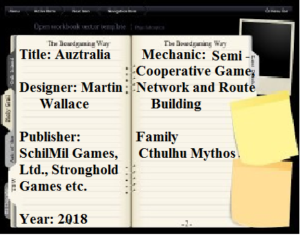 “Auztralia” may be one of Martin Wallace’s best games and that’s saying a lot. It was published last year and is a great two – to – four-player semi-cooperative game set in an alternate 1930’s Australia. Only this time its infested with “Old Ones” and their allies from H.P. Lovecraft’s Cthulhu universe. You can think of it as a continuation of the universe Martin Wallace created for his “Study in Emerald” but without the extra (and unneeded, in my opinion) Sherlock Holmes elements.
“Auztralia” may be one of Martin Wallace’s best games and that’s saying a lot. It was published last year and is a great two – to – four-player semi-cooperative game set in an alternate 1930’s Australia. Only this time its infested with “Old Ones” and their allies from H.P. Lovecraft’s Cthulhu universe. You can think of it as a continuation of the universe Martin Wallace created for his “Study in Emerald” but without the extra (and unneeded, in my opinion) Sherlock Holmes elements.
The game comes with a mounted map that’s printed on both sides: one side is more mountainous than the other and uses slightly different rules. We prefer to use the less mountainous side.
Part 1: The Set-Up:
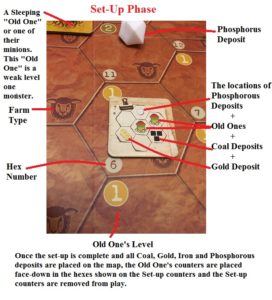 First players pick which map they are going to use, than they randomly place the Set-up counters face-down on 13 specially marked hexes. After this, the Set-up counters are turned over and all the ore deposits and “Old One” counters are placed on the map as indicated. Though the “Old One’s location starts known and its general strength level is determined by which hex it is placed, its type and specific strength remains unknown until it is revealed (or “awakened.”)
First players pick which map they are going to use, than they randomly place the Set-up counters face-down on 13 specially marked hexes. After this, the Set-up counters are turned over and all the ore deposits and “Old One” counters are placed on the map as indicated. Though the “Old One’s location starts known and its general strength level is determined by which hex it is placed, its type and specific strength remains unknown until it is revealed (or “awakened.”)
As for the resources, while their locations and relative abundances are generated by the intial random Set-Up counters they invariably turn out to be in units of 3. That is, 3 coal, or iron, or gold and 1 unit of phosphate (unless the hex mentioned on 2 separate Set-Up counter’s overlap, in which case there will be 6 deposits in a hex. On the other hand, if two “Old Ones” are assigned to the same hex then the “Old One” called for is upgraded one level to a maximum of level 3.
Players then pick where their port will be located. It may be anywhere along the coast as long as its more than two hexes from any other port. Its important to chose this location wisely as where players place their port will largely determine their strategy for the rest of the game. For example, if a player places his port on the western edge of the map he will probably be facing more and stronger “Old Ones” throughout the game. If he places his port between two other ports he will probably be facing weak “Old One’s” much earlier then the other players, but as the game progresses their attacks will taper off, due to the fact that other players farms (targets) and the rail networks they are on will invariably be closer to newly awakened “Old Ones” then his are.
Also as players can’t build railroads, mines or farms in hexes with sleeping “Old Ones” the early game’s hunt for enough resources to build out your community and raise your militia will depend on how easy it is to get resources and bypass “Old Ones.” And, of course, building through mountainous terrain takes more time than building through rough or smooth terrain. So I’d suggest, as game time is your more precious resource, you build through mountains the least number of times possible. Especially early in the game. And pick your port’s location where you can get as many resources as quickly as possible compared to when the nearest “Old One” will start towards your community.
When first looking at the board players may reach the conclusion that the games bottleneck is resources, but that would not be the right conclusion. resources are hard to come by but not impossibly hard. The real bottleneck is time. Everything you do from mining to farming to railroad building to enlisting a personality in your cause takes time and some things take longer than others. Now as whatever you do will help you to some extent the idea is to have players forced to pick among a variety of good options. And what is the best option can be hard to judge at any one time and changes as the game develops.
Part 2: Game Play
The next step in the game is to start play. I particularly like the turn mechanism used in “Auztralia,“as it is extremely fluid, with the player who has used the least number of time increments going next. When actions cost between 1 and 3 time increments, it is more than possible that any single player may have to wait occasionally for his partners to play 4, 5 or even 6 actions before he is able to conduct another operation. For instance, say your first move is to build a railroad through a mountain. That takes one iron resource, one coal resource and builds two lengths of track. Fine, but now you are three increments ahead of everyone else. The next player may recruit a personality, which only takes one-time increment, the third player may build a militia unit, and that also takes only a time increment and so on. But the important thing to remember is that while they may have taken a turn, they have still used less “game time” in total than you have with your single railroad build, so they can go again and again until you have used the fewest increments. Now all this isn’t terribly important early in the game when there are plenty of resources and players are spread out but it does become more important once resources become sparse and the “Old Ones” start coming for your farms. So plan carefully.
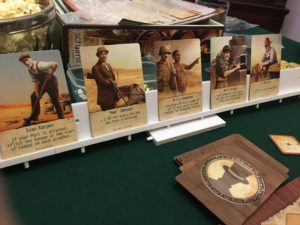 However, I’d suggest that the initial game action each player takes, even berefore building their first railroad, is to scan the personality layout and see who is available to enlist in your community.
However, I’d suggest that the initial game action each player takes, even berefore building their first railroad, is to scan the personality layout and see who is available to enlist in your community.
As picking a personality card takes one time increment per person chosen it is important to specialize and be restrained. I’d, therefore, recommend players limit their card selection to no more than 5 or so personalities in total throughout the game due to the cumulative effect the time consumed will have on the development of their community. Yes, almost all the cards are helpful, but you have other important things to accomplish before the “Old Ones” become active a third of the way through the game. First, you have to build your railroad, then set up your farms and mine along their track. Once that’s underway you still have to recruit your militia forces to defend against attacks or to go on the offensive against the “Old Ones” and their minion.
Basically, there are 5 militia types: Infantry, Armored Cars, Artillery, Dirigibles, and Armored Trains. In my opinion, the most valuable is the Infantry, as it takes two hits to eliminate any one unit of ground pounders, but a player may buy 2 Infantry units at a time at the cost of only 1 time increment, so you are accumulating the ability to absorb more hits more quickly by investing in Infantry then in other militia types. Although, a well-balanced army will ensure you can defend your community against most if not all “Old Ones,” it is best that any army be Infantry heavy when you go up against the more powerful level 3 “Old Ones.” The only downside to using all the different militia types simultaneously and repeatedly is that it will use up more time increments moving such a diverse army then you can really afford. So its also important that when you are an attack against a known enemy type you check the effectiveness of each of your units against their abilities. (There is a very important chart in the rules that indicates which militia type is effective against which enemy type. Some types of militia are very good, some average some poor and some have no effect whatsoever against a particuar enemy type, so check this chart frequently when in battle.)
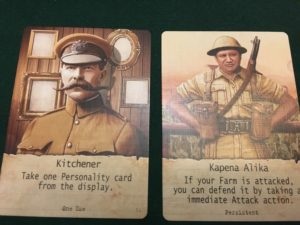 So it’s important to pick a strategy early in the game and stick to it until the situation forces you to change. For instance, if you expect to be fighting “Old Ones” often, I’d concentrate on building a well-balanced army and collecting individuals who are combat-oriented. Fits and formsot would be individuals who score automatic hits on “Old Ones” and their minions or who make your farms easier to defend or produce Victory Points for eliminating “Old Ones.” If your strategy is to let your partners defeat “Old Ones’ and concentrate on farming, then I’d select personalities who make it easier to build rairoads and farms and who might generate extra Victory Points for doing so.
So it’s important to pick a strategy early in the game and stick to it until the situation forces you to change. For instance, if you expect to be fighting “Old Ones” often, I’d concentrate on building a well-balanced army and collecting individuals who are combat-oriented. Fits and formsot would be individuals who score automatic hits on “Old Ones” and their minions or who make your farms easier to defend or produce Victory Points for eliminating “Old Ones.” If your strategy is to let your partners defeat “Old Ones’ and concentrate on farming, then I’d select personalities who make it easier to build rairoads and farms and who might generate extra Victory Points for doing so.
In my opinion, personalities should be judged on how closely they aline with your present strategy, not what they objectively produce. So if you are going to be fighting powerful “Old Ones” any personality that helps lower your time cost is helpful, such as Professor Guyonne, as is any personality that fortifies your sanity rating (this is a Cthulhu based game after all and the fourth hit to your sanity will usually lose you a battle, which is painful).
 However, it is important to keep in mind that while players need to cooperate in order to beat Cthuhu, they will each be judged on how many Victory Points they individually earn. So while the player with the most Victory Points will be judged the winner, if Cthulhu captures ANY port then everyone instantly loses. So while a little backstabbing throughout the game may be helpful to one particular player (things like getting to a phosphorous deposit first) weakening your partner’s ability to fight off Cthulhu and his minions is self-defeating.
However, it is important to keep in mind that while players need to cooperate in order to beat Cthuhu, they will each be judged on how many Victory Points they individually earn. So while the player with the most Victory Points will be judged the winner, if Cthulhu captures ANY port then everyone instantly loses. So while a little backstabbing throughout the game may be helpful to one particular player (things like getting to a phosphorous deposit first) weakening your partner’s ability to fight off Cthulhu and his minions is self-defeating.
The next important decision to make is where to build your railroads. It cost 50 percent more time to build them through mountains and you can’t build them into hexes occupied by “Old Ones” or their minions. So the first, say, third of the game is a race to build railroads, mine iron, coal, gold or phosphorus and set up cattle, sheep and corn farms (each type of farm generates the same number of Victory Points but you can only build one of each kind in any one turn, unless you control a special personality.)
The middle third of the game usually turns on building a strong enough militia to fight off the “Old Ones” heading your way. This can be judged by where the enemy units start what level they are. The first bad guys to wake up are the weakest and the last to attack you are the strongest and they wake up generally from lowest to highest numbered hex, So you usually have time to decide what you need to do before they get to your community. That’s usually but not always.
The final third of the game unormally sees you fighting off Powerful “Old Ones.” A nice touch in the game is that “Old Ones” earn Cthulhu double Victory Points for sleeping through the entire game. So players usually have to decide at some point if they should start waking up powerful “Old Ones” on purpose in order to cut down on Cthulhu’s final total. After all if Cthulhu wins ALL the players lose.
Part 3: Criticism
Now no game is perfect and if I were its developer I’d have made a few suggestions.
First, all the minerals resources are generated in basically the same amount. Each hex has exactly three coal, or iron or gold, never 2 or 4, except when mineral deposits double up, which happens.
Second, all the “Old Ones” basically wake up in the same order each game. Going from the lowest-numbered hex to the highest. I don’t see any reason why the highest-numbered hex can’t wake up first occasionally. The way it is now players can judge to a greater extent than is helpful when they will be attacked by an “Old One” and where it will be coming from. Now there is enough chaos in the game that your estimate is not always spot on but you really have more control over when you are attacked then you really should when battling monsters with unknown powers. Not that I’ve learned this from personal experience, but it seems to me monsters wake up in a somewhat random order.
Third, the battle system is card-based and while it usually works out just fine there can be some combination of attackers and defenders that seem to take forever to reach a conclusion. However, the game does furnish you with that handy chart that tells you which units fight best against which enemies but as you have to start off (organize) your army before you determine what exactly is sleeping in a hex you attack it can still result is mismatches. Now while this can make for interesting combats it can also make for loooong ones. I personally like card-based combat systems, and have used them repeatedly in my games but there are much better ones than Auztralia‘s (Hint: Check my “Escape from Hades” or Hermann Luttmann’s “Race to the Sea – 1914.“)
Fourth, when two players attack an “Old One” and each scores at least one hit they split the “Old One’s” Victory Points value down the middle. This leads to some awfully gamey tactics, such as sending your long-range dirigible out to attack a high level “Old One” in the hope of scoring a single hit. You then retreat and when your partner scores the other 10 or 11 hits needed to eliminate the tough old bird, you’ve earned yourself half the Victory Points for doing one-tenth of the work.
Plus, you can even defend your decision by saying it’s in everyone’s interest to wake up as many “Old Ones” as possible in order to cut down on their final Victory Point total. (Remember, sleeping “Old One’s” earn double Vicory Points) Of course, if you wake up too many, too soon, and they take over your partner’s port you’ve all instantly lost. So there is a limiting factor in the use of this particular tactic. But it does seem a bit gamey to me.
However, all these negatives don’t really take away from the overall enjoyment of the game and once you’ve played Auztralia your first thought will invariable be “can we play again. I just got this great idea on how we can improve our chances.” And that’s what’s really important.
Game Resources:
Auztralia Home page
Auztralia Rules:


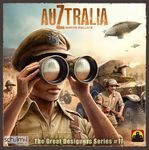
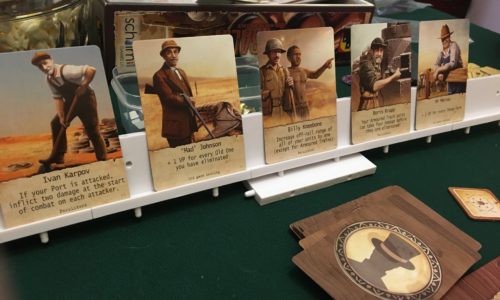
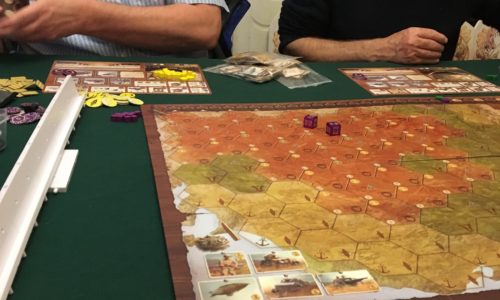

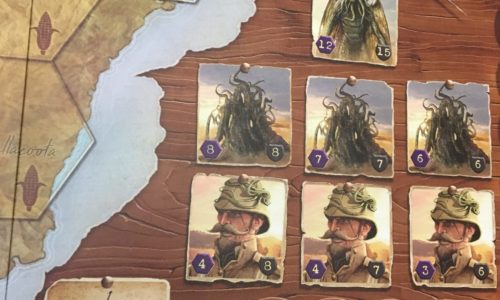
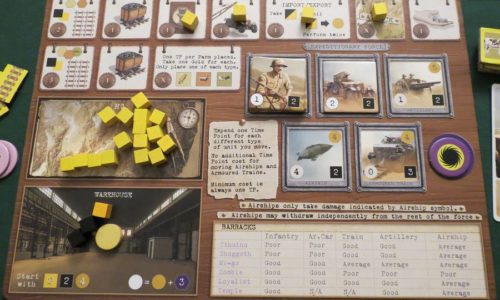
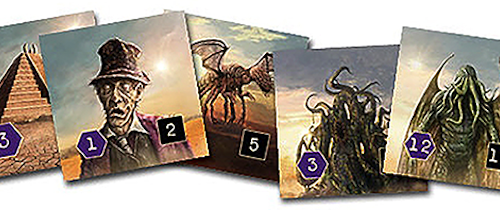
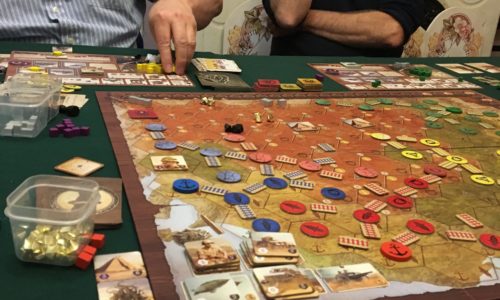
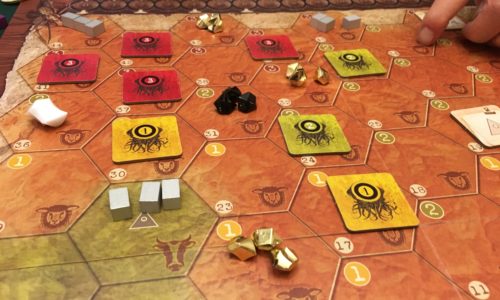
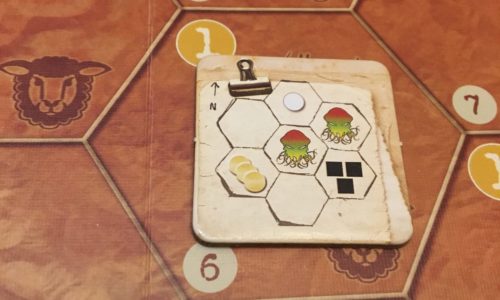
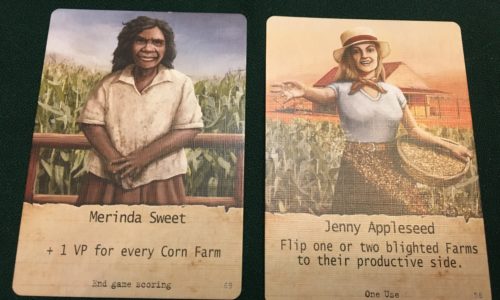
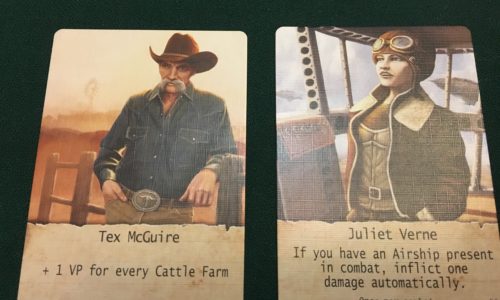
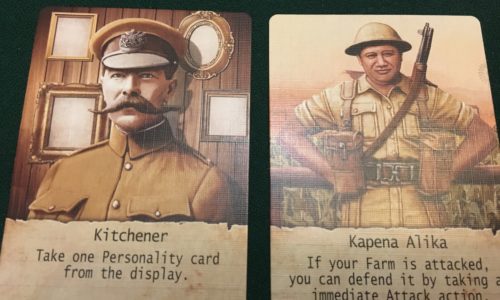
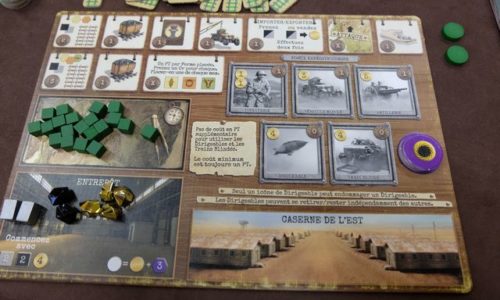
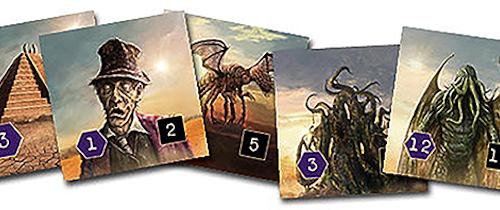
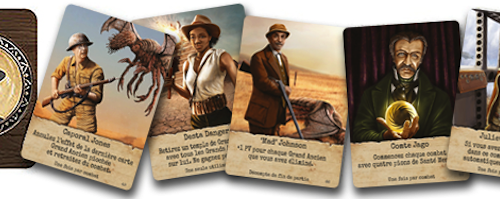
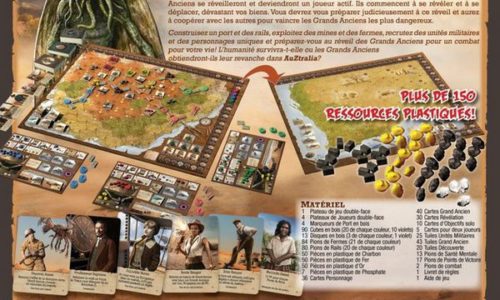
 Auztralia BGG page
Auztralia BGG page




